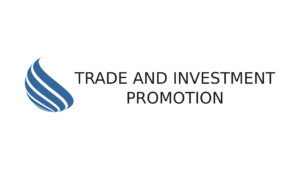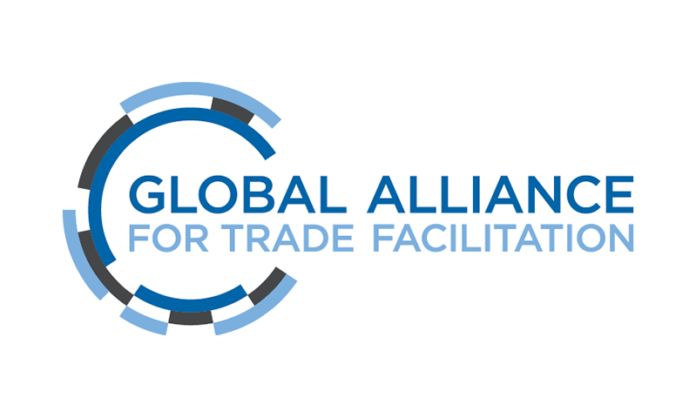Earlier this year we celebrated the first anniversary of the entry into force of the World Trade Organization’s (WTO) Trade Facilitation Agreement (TFA). At the time I challenged the private sector to take a more active role in delivering vital trade facilitation reforms. As we near the end of the year, I am happy to see our private sector partners stepping up and increasingly willing to engage and participate actively alongside governments. Together we are creating solutions to make trade faster, simpler and cheaper.
We started the year with six projects in five countries – Colombia (Centres), Colombia (INVIMA), Ghana, Kenya, Sri Lanka and Vietnam – and we are ending with an additional three projects in three new countries – Brazil, Morocco and Zambia – while laying the ground work for more new projects to follow next year in the Americas, Africa and Asia.
We are now beginning to see our first results and the impact our work is having. In Colombia, preliminary results show that our project to help implement a risk management system for inspection, surveillance and control of imports of food, medicine and medical equipment has reduced physical inspections on shipments of food imports by 24%. The time taken for these low-risk food items to be verified has been reduced from 2-3 days to only 1-2 hours. In Vietnam, the Prime Minister approved the report submitted by Customs recommending the establishment of the customs bond project paving the way for implementation of the pilot in early 2019. In Ghana, our working group on pre-arrival processing has now been formalized as part of the National Trade Facilitation Committee.
As a data-driven initiative, we are continuously seeking to identify and perfect innovative methodologies to measure efficiency of supply chains. To this end, in 2018, we launched Total Transport and Logistics Cost (TTLC) methodology surveys in Colombia, India, Morocco and Nigeria. Developed in cooperation with A.P. Møller-Maersk, this methodology is the first to capture the delay-induced indirect costs of cross-border trade. The Alliance is taking the lead in understanding the impact of these indirect costs which can weigh heavily on the supply chain.
When the Alliance was launched at the end of 2015, our objective was clear: accelerate implementation of the TFA by bringing together the public and private sectors as equal partners. So what have we learned so far? The public and private sectors can work together to jointly identify and design pragmatic, targeted, measurable solutions to eliminate red tape. Targeted and focused projects which have clear boundaries and objectives are more effective at setting expectations and measuring results. Finally, we have observed that our public-private dialogues, which we use to scope projects, can have far reaching positive effects in building closer cooperation between governments and business.
What does 2019 hold for the Alliance? We will continue to grow our footprint of projects and bring the private sector further into our work by leveraging embedded expertise and seeking global best practice. We will begin expanding our TTLC surveys into new markets and using the results to shape project design. Finally, we will explore how new technologies can be part of the solutions to overcome trade barriers.
To succeed, we depend on our public and private sector partners and the support of our donors who make the Alliance possible. Indeed, we are deeply grateful to the governments of the United States, Canada, Great Britain, Australia, Germany – and our newest donor, Denmark, whose decision to join the Alliance this past summer is a further vote of confidence in our work. We are also grateful for our private sector members of the Alliance steering group, Fiat Chrysler Automobiles, A.P. Moller-Maersk, DHL and Walmart and pleased to welcome UPS as the newest member. Finally thank you to the 241 private sector companies who have stepped up with us on the journey towards making TFA implementation a reality.
Source/Image Credit: https://www.tradefacilitation.org/blog/turning-tfa-reality-looking-back-2018-ahead-2019/





